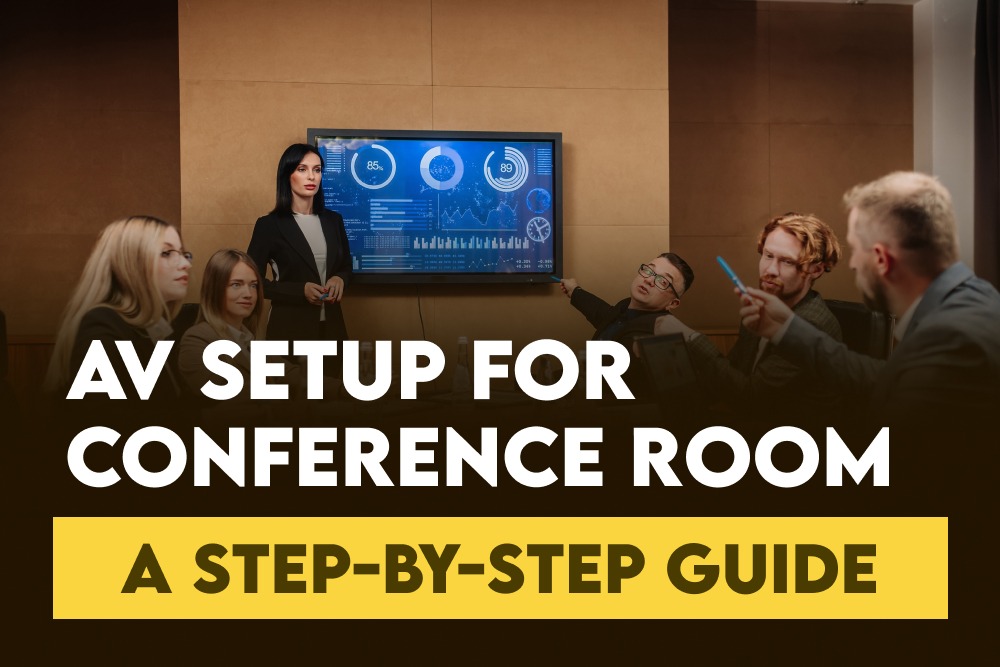

Head of HR at Rent For Event

Head of HR at Rent For Event

Before we explore the intricate details of DJ equipment, let’s grasp why it is so crucial for your wedding day. When you envision weddings, images of beautiful venues, stunning gowns, and emotional vows may come to mind. But, the common thread that binds all these elements together is music.
With really good audiovisual equipment, here’s what your conference can look like:
Here’s what hiring a professional full-event production team looks like: